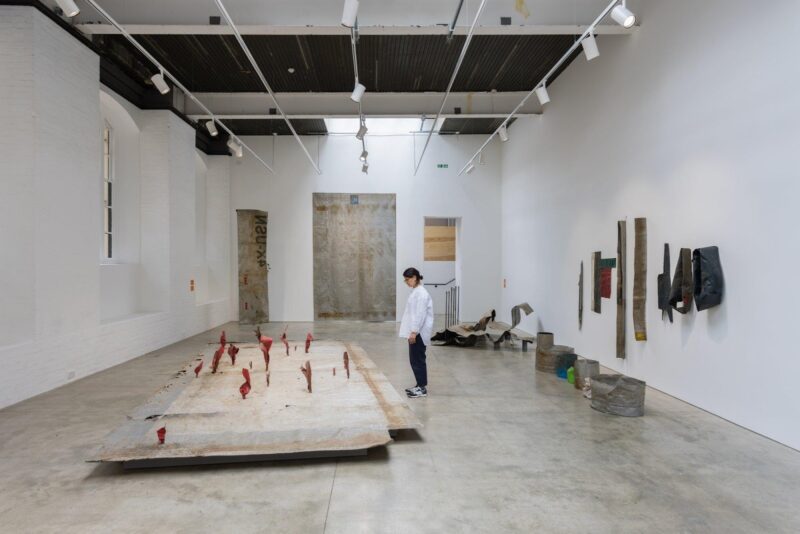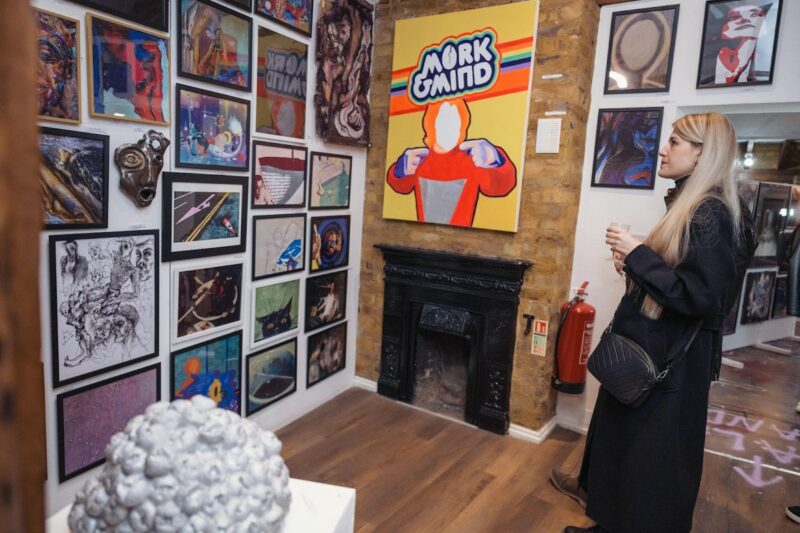
LONDON.- The Post-War and Contemporary Art Evening Sale took place on 12 February 2010 at Christie’s and realized £39,149,500 / $61,073,220 / €44,278,085 selling 90% by lot and 96% by value. The sale had a pre-sale estimate of £26,290,000 to £38,260,000.
Francis Outred, Head of Post-War and Contemporary Art, Christie’s Europe: “This evening’s auction not only showed that confidence has returned to the art market but also that there is a real hunger from international collectors for Post-War and Contemporary art. The strong results at our international auctions during the second half of last year encouraged vendors who were previously resistant to consign works of art, and the increased supply of quality works fed a strong demand and led to competitive bidding this evening. We sold more than half the lots above estimate, including 7 of the top works, and in selling 9 works over £1 million, we have already surpassed the equivalent figure for all three of our auctions of Post-War and Contemporary art in London last year. We saw particularly strong prices for classic European artists including Yves Klein as well as Tapies and Boetti, both of whose work established world record prices. These results should give consignors great encouragement as we look forward to the next major auctions of Post-War and Contemporary art in New York and London in May and June respectively.”
The top price was paid for “Relief éponge” or (RE47II) by Yves Klein (1928-1962) which sold for £5,865,250 / $9,149,790 / €6,633,598 (estimate: £5 million to £7 million). The longer of only two gold sponge reliefs ever created by the artist, it encapsulates the essence of Klein’s art with the marriage of two of his greatest series; the Relief Eponges (Sponge reliefs) and Monogolds. It was offered at auction this evening for the first time having been in the collection of the vendor since circa 1980.
At the evening’s auction, 9 works of art sold for £1 million (16 over $1 million). Buyers (by lot / by origin) were 33% UK, 41% Europe, 22% Americas and 4% Asia.
Via [ArtDaily]







